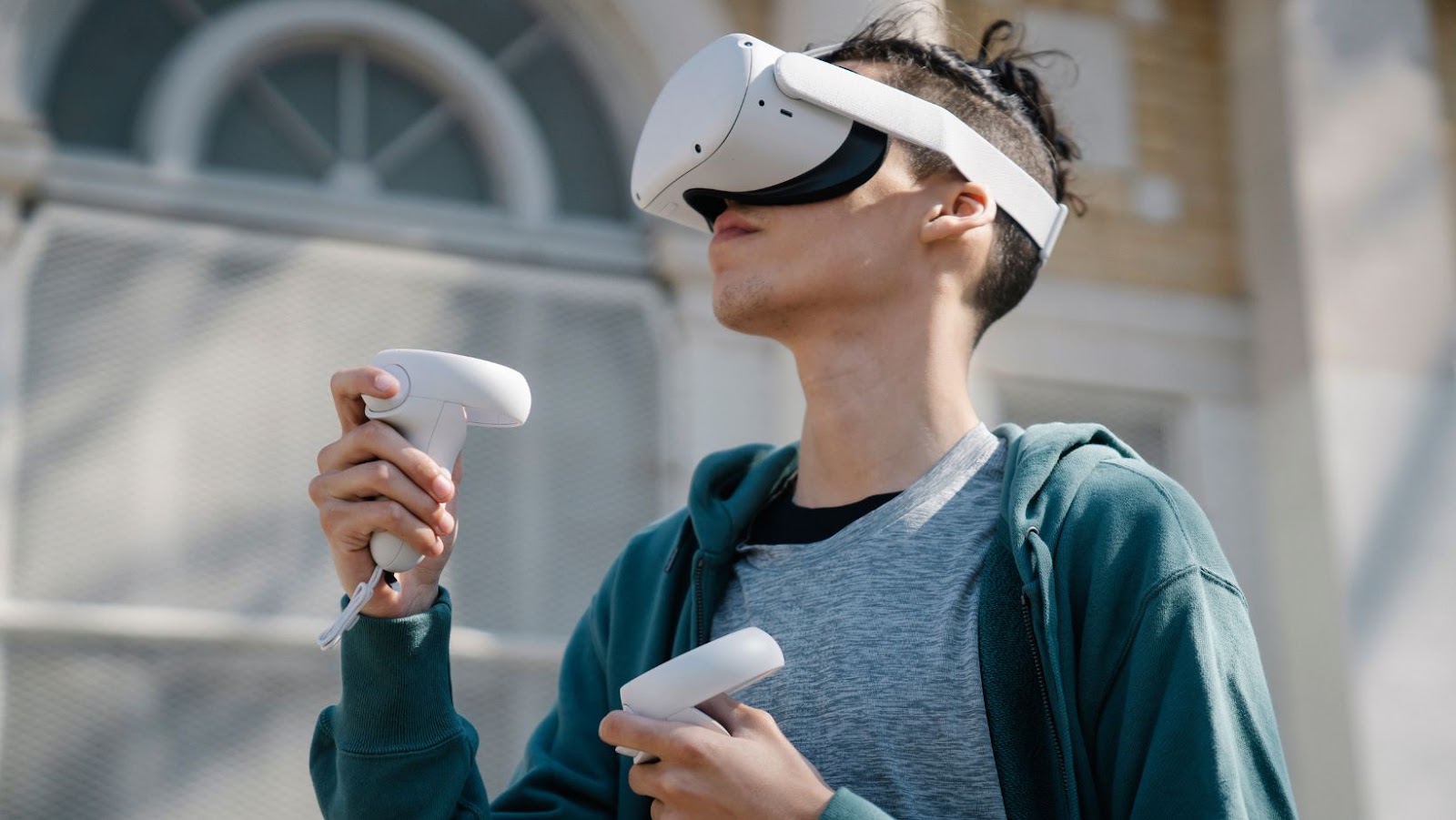 Virtual Reality Gadgets
Virtual Reality Gadgets
Virtual Reality presents a digitally created environment where users experience a fully immersive, interactive 3D world. It creates an illusion of physical presence in a non-physical world using computational simulation. For example, wearing a VR headset, a person can interact in a 3D video game as if physically present, truly exemplifying the magic of VR.
Narrowing down to VR gadgets, four main types dominate the sector: tethered, standalone, PCVR, and Mobile VR headsets.
- Tethered Headsets: These are powerful headsets, like the Oculus Rift, that connect to PCs through cables. They deliver high fidelity visuals and robust tracking capabilities.
- Standalone Headsets: Standalone VR headsets, such as the Oculus Quest 2, don’t require a PC or a smartphone. They provide a self-contained VR experience.
- PCVR: PCVR headsets, like the Valve Index, offer the highest performance VR experience. They hook up to high-end PCs that generate graphically-intensive VR content.
- Mobile VR Headsets: These inexpensive options, like the Samsung Gear VR, use smartphones to display VR content. They’re portable but offer a less immersive VR experience due to their reliance on phones’ computational capabilities.
 Major Brands in Virtual Reality Gadgets
Major Brands in Virtual Reality Gadgets
In the terrain of Virtual Reality, several brands carved out a niche for themselves. Their technological prowess has significantly amplified the VR experience. The focus herein is three of such brands – Oculus, Sony PlayStation VR, and HTC Vive.
As a titan in the virtual reality ecosystem, Oculus has shown proficiency in crafting top-notch VR gadgets. An example is Oculus Rift, a tethered headset offering immersive VR experiences. Another is the Oculus Quest 2, a standalone headset known for its versatility and user-friendly configuration.
Sony’s PlayStation VR marks a profound entry into the realm of game-centered virtual reality. This gadget ties efficiently into the PlayStation environment, bringing games to life intensely. It offers impressive immersion, making it a go-to for gamers desiring a more interactive gaming experience.
HTC Vive stands tall, offering a premium VR experience marked by high-quality visuals and precision tracking. From PCVR headsets like the Vive Cosmos to standalone ones, HTC Vive caters to both casual users and VR enthusiasts alike. Its advanced technological features enable users to enjoy beautiful and dynamic virtual worlds.
 The Future of Virtual Reality Gadgets
The Future of Virtual Reality Gadgets
Tech advancement is racing at breakneck speed, and VR is undoubtedly a part of this. One notable potential advancement is the integration of AI with VR. This combination can offer enhanced user experiences by introducing intelligent features like behavioral analytics and adaptive learning systems. For instance, AI-powered VR can personalize gaming or training environments based on the player’s ability or the trainee’s progress, resulting in a uniquely tailored VR experience.
Glasses-free VR devices could also revolutionize the VR industry. They’d eliminate the discomfort linked to extended usage of VR headsets, providing users with a more comfortable and prolonged VR experience.
Harnessing the power of haptics is another attractive development in the pipeline. Haptic technology translates touch sensations digitally, allowing users to “feel” the virtual world — getting hit in a video game or feeling the rain in a VR movie, enhancing the immersion factor tenfold.
Improved resolution and field of view (FOV) play significant roles in enhancing VR visuals. As technology improves, VR gadgets are expected to offer displays with higher resolutions and larger FOV, providing users with an immersive experience that’s close to real life.
Simultaneously, the future trends in VR technology indicate a drive towards more accessibility and versatility. As VR becomes more mainstream, companies are likely to design VR gadgets that are more affordable and easier to use, making high-quality VR experiences accessible to a larger audience.
Serious gaming, which involves the use of games for purposes beyond entertainment like education, training, health, and public policy, is expected to grow in relevance. This trend could encourage tech giants to build VR gadgets that cater to these specific requirements.
“,Cross-Platform VR” is another anticipated trend. Here, gadgets would be compatible across various operating systems and platforms, which means users could access any app or game, regardless of the developer or platform.
Interactive VR, providing users with the ability to manipulate their virtual environment in more complex ways, may become a staple in the future. This feature would enable more exciting and immersive environments, creating endless possibilities for storytelling, gaming, and simulation.